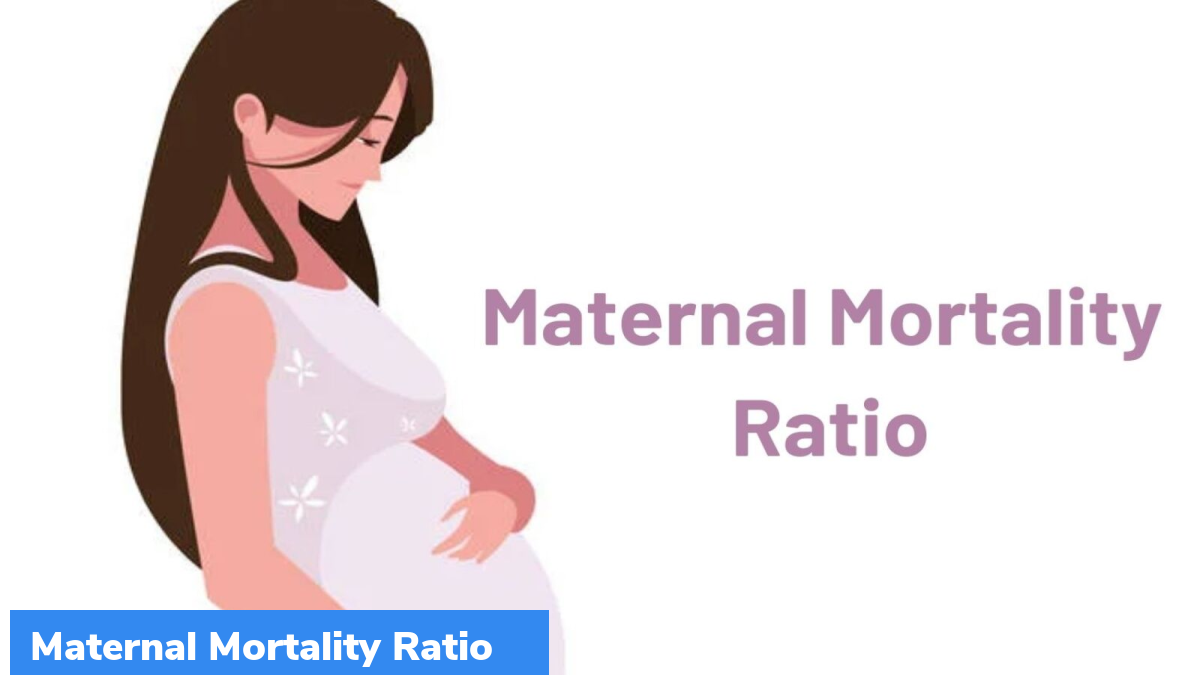“Improving Maternal and Newborn Health and Survival and Reducing Stillbirth” Report
The report titled “Improving maternal and newborn health and survival and reducing stillbirth” was released recently by the United Nations. It sheds light on the global focus of improving maternal and newborn health and reducing stillbirths.
Global Focus on Maternal and Newborn Health
The progress report emphasizes the need to address maternal mortality, neonatal mortality, and stillbirths worldwide. Sub-Saharan Africa and Central and Southern Asia are identified as regions experiencing the highest numbers of maternal deaths, stillbirths, and newborn deaths. These regions require urgent attention and targeted interventions to meet the global targets for maternal and newborn health.
The Role of India and Other Countries
India accounts for a significant proportion of global maternal deaths, stillbirths, and neonatal deaths, with a staggering 17% of the total burden. This highlights the pressing need for effective strategies and interventions in the country to improve maternal and newborn health outcomes. The report also identifies Nigeria as the country with the highest number of absolute maternal and neonatal deaths and stillbirths in 2020.
Progress and Challenges
While progress has been made in reducing maternal mortality, stillbirths, and neonatal mortality, the report reveals that the rate of improvement has slowed since 2010. The annual reduction rate of the maternal mortality ratio between 2010 and 2020 was 1.3%, highlighting the need for accelerated efforts to meet global targets. Similarly, a 5.2% reduction in stillbirth rate is required between 2022 and 2030 to achieve the desired outcomes.
Addressing Healthcare Disparities
The report underscores the importance of improving essential health services to bridge gaps in maternal and infant healthcare. It highlights key measures such as ensuring at least four antenatal care contacts, skilled attendance at birth, and postnatal care within the first two days after birth. While coverage rates have shown improvement, the current pace is insufficient to meet global targets by 2025.
The Need for Emergency Care
Emergency obstetric care (EmOC) plays a critical role in reducing maternal mortality. However, the report reveals that access to quality EmOC facilities remains limited in many regions. Increasing the availability and functionality of EmOC facilities is crucial to effectively address postpartum hemorrhage and other life-threatening complications.
Looking Ahead
While the progress report highlights the challenges and gaps in maternal and newborn health, it also emphasizes the potential to save millions of lives through targeted interventions and improved healthcare services. A collective effort involving governments, healthcare organizations, and stakeholders is crucial to meet the global targets and ensure the well-being of women and newborns worldwide.
Month: Current Affairs - May, 2023
Category: Reports & Indexes Current Affairs






